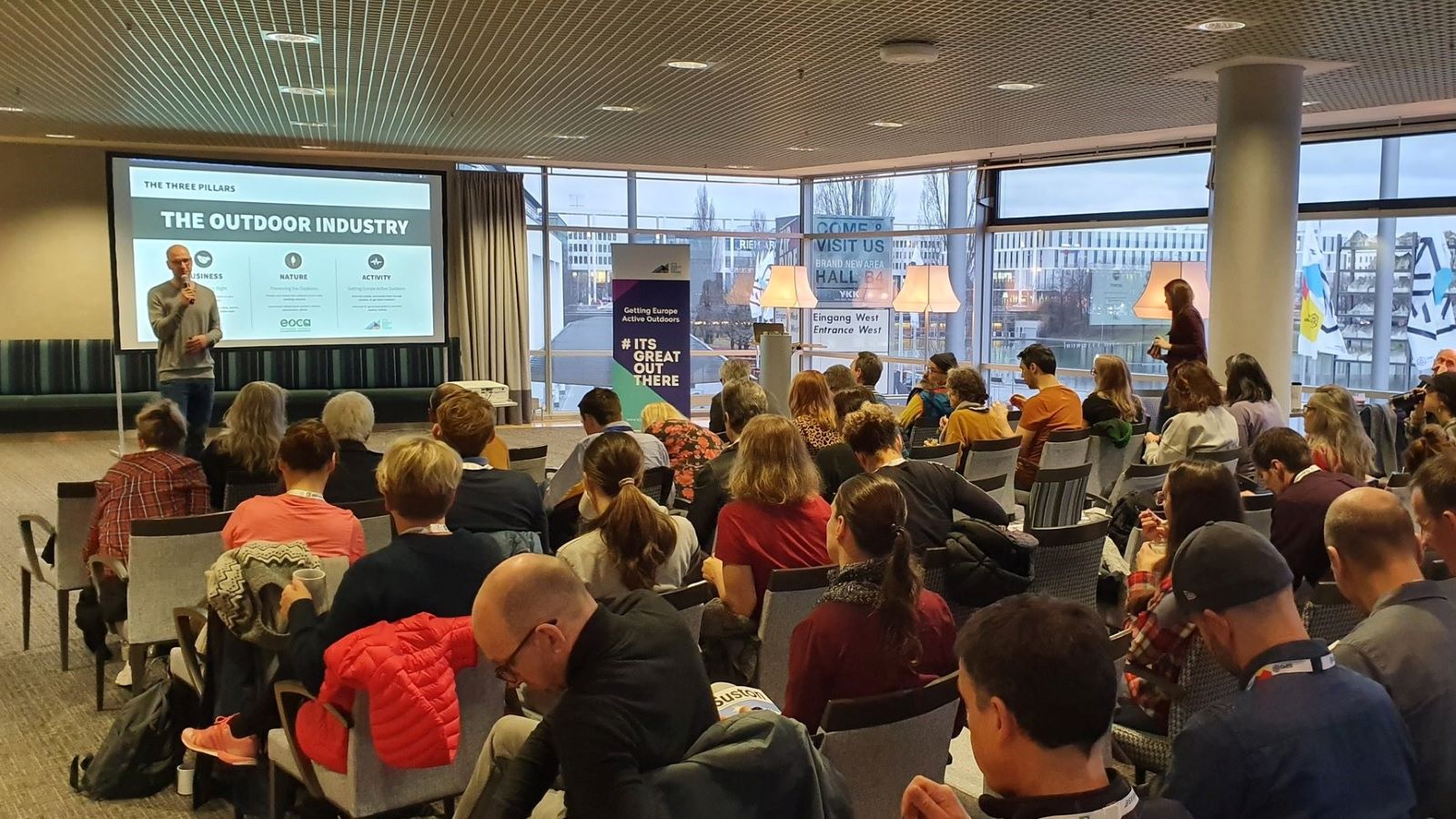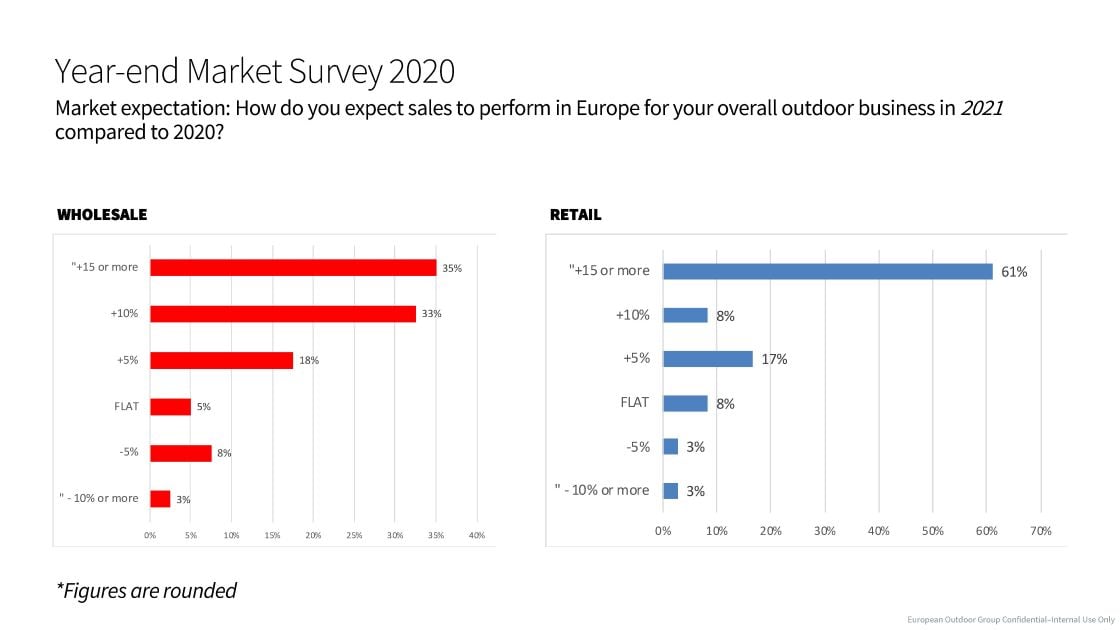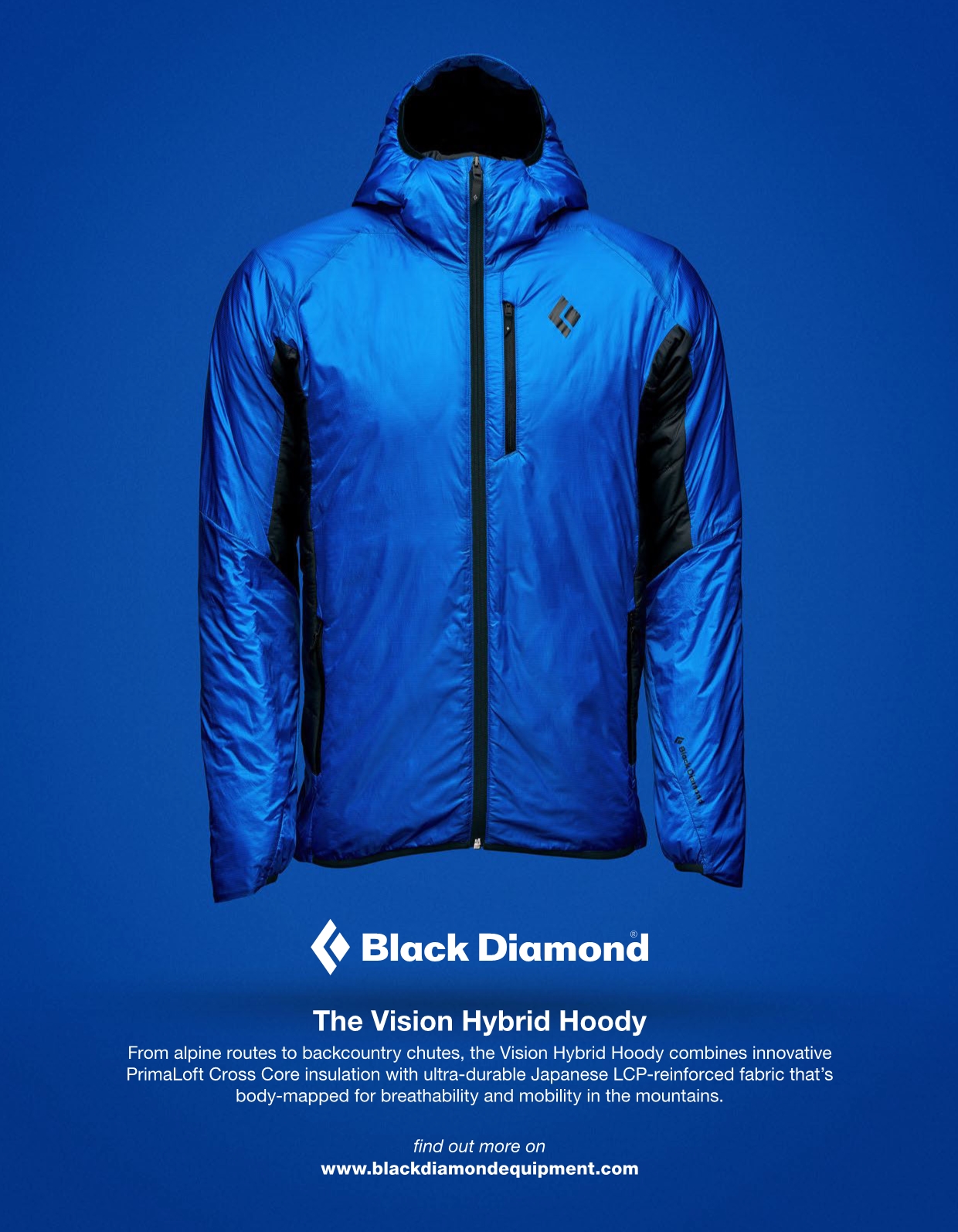
European Outdoor Group Discuss Market Trends, Outdoor Activity Boom & Sustainable Tech
SOURCE Sub-Editor Sydney Bohannan got in touch with Dr. Katy Stevens, Head of CSR and Sustainability at the European Outdoor Group, to delve into the topic of sustainability and how the outdoor sector can protect the planet, keep the environment clean and give back to nature. The resulting interview had to be split into two parts: the first covering sustainability at the EOG and the second focussing on their view of sustainability within the outdoor sector as a whole. Part 2 looks at market trends, the impact of the COVID outdoor activity boom on both the environment and businesses, and technological innovations. Read the second part below:
2019’s State of Trade report saw a rise in outdoor activity participation. And, in 2020, despite COVID lockdowns, we’ve seen a boom in interest and uptake of outdoor activities.
What differences, if any, do you expect to see between the 2019 report and the 2020 State of Trade?
Market research is one of the core programmes at the EOG, delivering vital insights and data that helps our members and the industry as a whole. State of Trade is a huge ongoing project at the heart of that and data collection for the 2020 report has just begun, so it’s far too early to speculate what the results will be. However, we recently conducted a year-end 2020 market survey, which gave a snapshot into the sector’s performance last year. Inevitably, it showcased the negative impact of the pandemic, but the survey also asked questions about 2021, and overall, there is a positive outlook from EOG members, with almost 70% anticipating growth of at least 10% at wholesale and retail. So, there is some optimism and there is a general sense that our sector will come out of the crisis stronger, with new customers enjoying the outdoors.

What benefits, issues and pressures can this activity boom have on the environment & businesses?
From a business perspective, the activity boom can have a number of positive economic effects, as citizens invest in apparel and equipment to take part in these activities. However, there are also a number of negative impacts and pressures related to this. Firstly, there are of course the sustainability impacts related to the production of that apparel and equipment that consumers are buying. Secondly, the novices who are engaging might not necessarily know how to behave in these outdoor spaces, which may lead to damage to the natural environment. Finally, people are usually driving to these remote places to take place in the activity, and so of course, there are increases in carbon and other pollutants from that respect.
How can these issues/ pressures be lessened?
All organisations can help to spread information to consumers regarding how to interact responsibly with outdoor spaces. As an example, the European Network of Sport (ENOS), and EUROPARC have great guidance in the form of their ‘10 Good Principles for Outdoor Sports in Protected Areas’ which aim to educate users and lower the impact of outdoor sports on the environment (see https://www.europarc.org/wp-content/uploads/2019/09/10-principles-outdoor-sports-in-PAs-poster.pdf).
This issue has also become a major focus of the #itsgreatoutthere campaign, which is led by the It’s Great Out There Coalition. With the input of some of Europe’s biggest outdoor companies, we founded the coalition in 2017, with the express purpose of getting Europe active outdoors, and with a particular priority of encouraging new participants. That work is important now more than ever, and it’s essential that there is access to nature for everyone in society, but that has to be achieved responsibly and safely. From this year, the #itsgreatoutthere work will be underpinned by the new concept of Outdoor Activity Days; a concept designed to make it easier for more organisations and individuals to get involved in the campaign but is also closely aligned to clear guidelines that link back to our industry’s sustainability goals.

Enjoying an #itsgreatoutthere experience with the Youth Adventure Trust
Can you explain the importance of The EU Green Deal?
The European Green Deal is a very ambitious set of policy initiatives released by the European Commission with the overarching aim of making Europe climate neutral by 2050, which Ursula von der Leyen, stated would be Europe’s “man on the moon moment”, as the plan would make Europe the first climate-neutral continent.
This a very pivotal act as it is a sign that concern over climate change has migrated from the margins, to the heart of EU policymaking, which is a huge success for the scientists, the advocacy organisations, and campaigners who have waged a decades-long battle to make global warming a central concern.
The Green Deal comprises a broad set of initiatives, with the ones most relevant for our industries being those related to climate, pollution, and the circular economy. Each initiative contains many policy points which will shape the sustainability agenda in the years to come. These initiatives concern issues such as carbon emissions, recycling and end of life, eco-design, substantiating green claims, and so on. It is important to note that empowering consumers is central to a number of these initiatives, both from a point of view of consumer rights, but also an ‘access to information’ perspective.
How do you expect the development of GreenScreen, bio-plastics, and bio-composites to impact the market/ future technologies?
I think we need to unpack this question a bit as we are talking about both tools and material innovations here.
If we think about industry tools, there are a number that can be incredibly helpful. GreenScreen is one such example here, but of course there are a number of others such as ChemSec tools, Bluesign and so on (and this is looking just at tools related to chemicals). Tools such as these can be incredibly valuable at enabling the industry to measure and improve, but also at providing a common benchmark against which organisations can measure themselves. I think tools in general have the ability to provide more transparency along supply chains, which is always a step in the right direction and highlights opportunity for improvement.
With regard to bio-plastics, and bio-composites (or all new material innovations in fact), again these are promising and can potentially offer alternatives to high impact resources. As with everything though, I think we need to make sure that we carry out our due diligence across all impact areas and the whole life cycle, to be sure that they are really delivering the reduced impacts and comparable performance that is required. I think the main barrier here is scaling up, as while there are a lot of promising technologies at a lab scale, often scaling these up to full commercial availability can be a challenge.
How can the boardsport industry use the lessons learned and the unique situation presented by COVID to make changes for a more sustainable and environmentally responsible future post-pandemic?
I think that the COVID situation has shown us how important it is that we look after our planet and the people in it, and the vital role of sustainability, conservation, and activation, and how they all interact and affect each other. So, for me, the biggest COVID lesson is not one specific point, but more the urgency with which we need to address these issues before it’s too late and we pass the point of no return.








